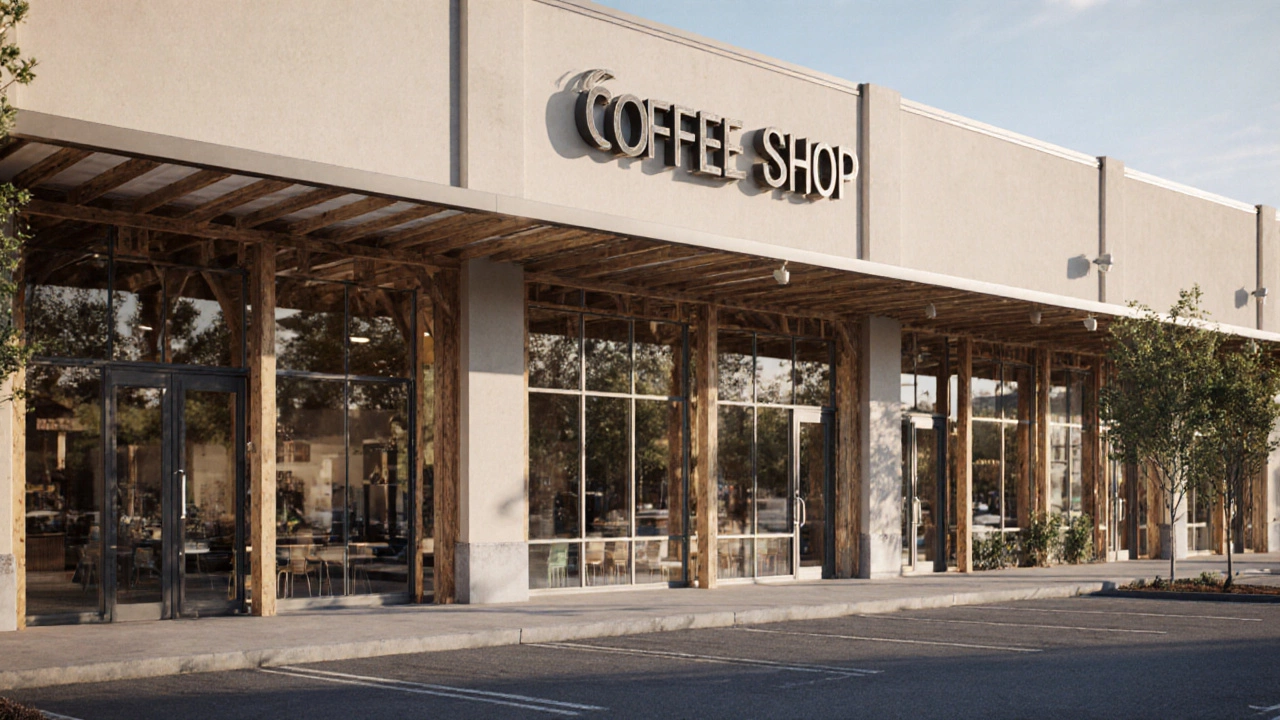Type 5 Construction: What It Is, Where It's Used, and What You Need to Know
When you think about the houses around you—terraces, semi-detached homes, even some small apartment blocks—you’re looking at Type 5 construction, a building method that uses wood or other combustible materials for structural elements like walls, floors, and roofs. Also known as wood-frame construction, it’s the go-to choice for most new homes in the UK because it’s affordable, fast to build, and easy to modify. This isn’t some obscure building code term—it’s the actual system holding up your living room, bedroom, and kitchen.
Type 5 construction is part of a larger system called building classifications, which group structures by how they resist fire and what materials they’re made from. Type 1 is steel and concrete, built for skyscrapers. Type 4 is heavy timber—thick beams you see in old warehouses. Type 5 is the opposite: lightweight, often 2x4 or 2x6 framing, covered in drywall or plaster. It’s not just for houses either. You’ll find it in small shops, clinics, schools, and extensions. It’s the default because it works. But it’s not without limits. Building regulations in the UK require fire-resistant barriers, proper insulation, and sometimes sprinklers if the building gets too large. That’s why you see fire-rated drywall in hallways or smoke alarms in every room—those aren’t just safety features, they’re legal requirements tied directly to Type 5 construction.
What makes Type 5 different from other types isn’t just the material—it’s how it affects your renovation plans. If you’re adding a loft conversion, you’re working within the limits of wood framing. You can’t just knock out load-bearing walls without checking the structural design. And if you’re thinking about insulation or soundproofing, the thin walls of Type 5 buildings mean you’ll need to plan ahead. Unlike concrete buildings that hold heat like a brick oven, wood-frame homes cool down fast. That’s why energy efficiency upgrades—like double glazing, draft sealing, and cavity wall insulation—are so common in UK homes built this way. It’s not just comfort; it’s about cutting bills and meeting current building standards.
There’s a reason builders keep choosing Type 5. It’s flexible. You can change the layout easily. You can add a window where there wasn’t one. You can build a garage or a conservatory without needing heavy machinery. But that flexibility comes with responsibility. Older Type 5 homes might have outdated wiring, poor insulation, or rotting timber. That’s why home inspections often focus on the frame, the roof trusses, and the foundation—because if those fail, the whole thing goes. New builds follow stricter rules now, but if you’re buying an older property, knowing it’s Type 5 tells you exactly what to look for.
Below, you’ll find real-world guides that connect directly to Type 5 construction. From understanding how joists are spaced in your floor to knowing when a foundation issue might be more serious than it looks, these posts give you the practical details you won’t find in a building code handbook. Whether you’re planning a renovation, buying a home, or just curious about how your house stays up, what follows is the kind of clear, no-fluff info you can actually use.
What Is Type 5 Building Construction? Understanding Wood-Framed Structures in Commercial Use
- Gavin Whitaker
- |
- |
- 0
Type 5 building construction uses wood framing for small commercial buildings like retail stores and clinics. Learn how it works, where it's allowed, fire safety rules, and what to check before leasing or buying.
View more